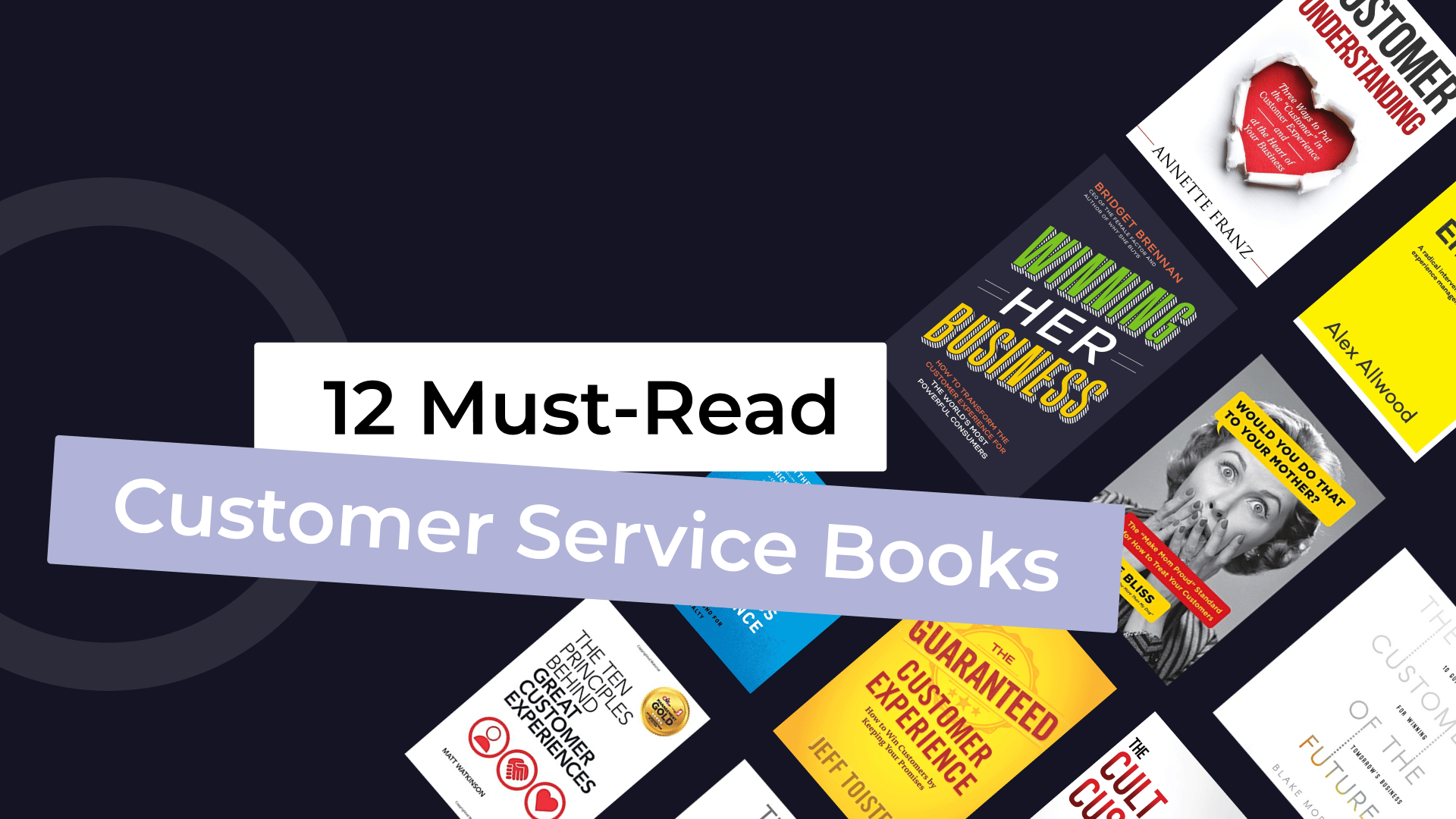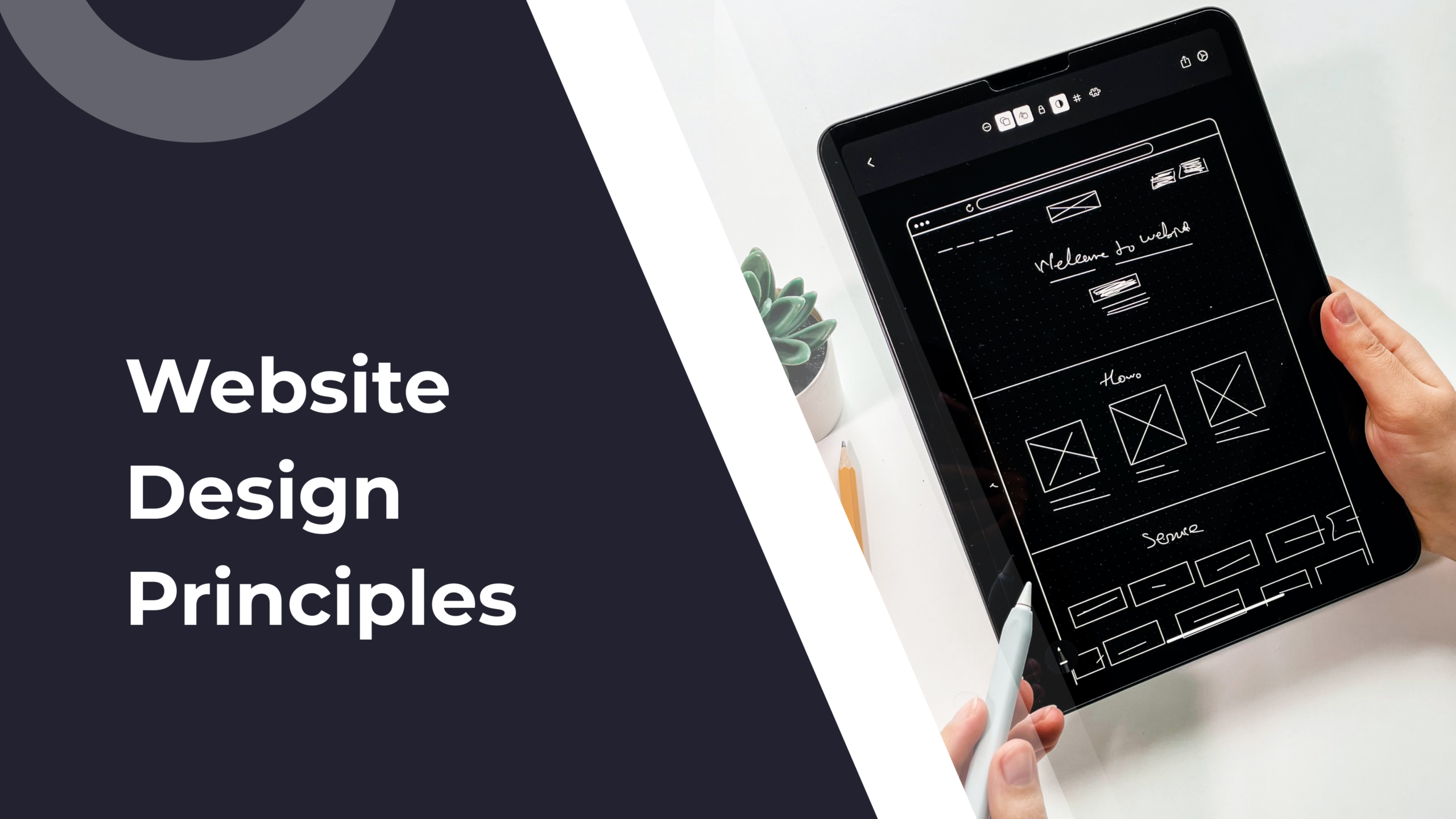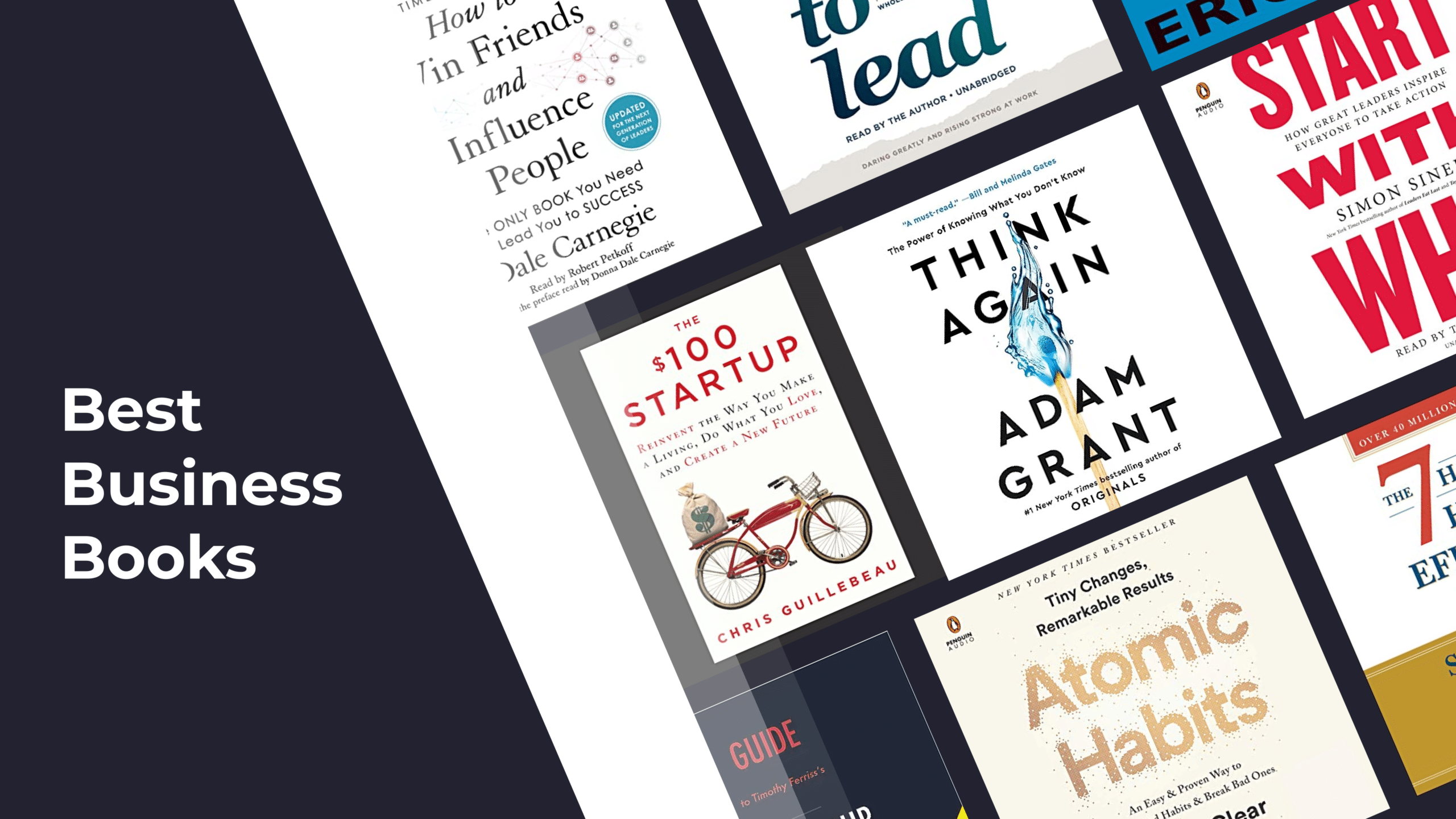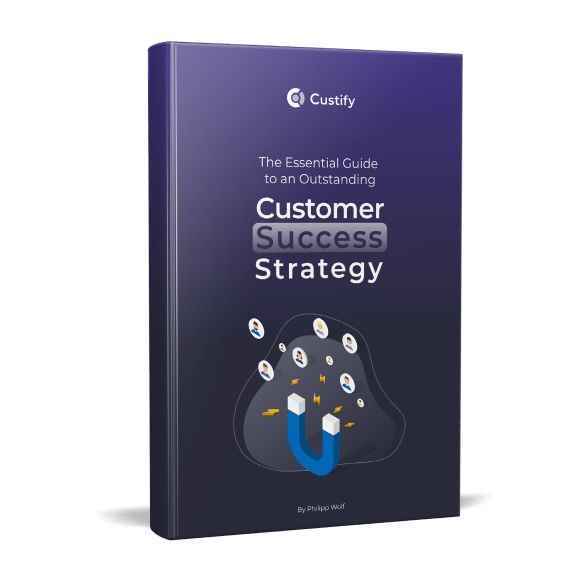Customer centricity is nothing new.
We’ve been talking about it more or less since our blog began. Even if it wasn’t specifically called that, or wasn’t necessarily an established concept, all of us in customer success were doing it one way or another.
CS has always been focused on building and maintaining customer relationships, continuously analyzing those intricate customer outcomes, and making sure we deliver them or help customers on the path to achieving their goals.
So in this context, today we’re asking: what is customer centricity? How has this set of good-faith business practices materialized into a core concept of customer success? Let’s find out!
What Is Customer Centricity?
Customer centricity means holding customer outcomes at the core of your business model. It means finding out the real outcomes customers chase after (even if sometimes they’re not fully aware of them) and prioritizing their delivery through your products and services.
Customer centricity can, in practice, vary greatly depending on whether we’re talking B2B, B2C, SaaS, eCommerce, or any other business area. However, the key is always keeping the customer at the forefront of all your efforts.
What Is the Purpose of Customer Centricity?
The purpose of this effort is to generate value for the customer, which in turn will return as value to your organization. It’s really that simple – providing value through your products, services, or experience increases retention, drives upsells and cross-sells, and solidifies your brand as trustworthy in the minds of your customers. In the end, it’s all about loyalty.
When you’re thinking about being more customer-centric, there’s one simple question you should ask yourself: do I want to establish my brand as a leader of this industry? According to Hubspot’s 2024 State of Service, 78% of customers expect more personalized interactions. Those interactions mean customers trust you to deliver on your promises, and you can be sure the increased ROI will follow. Sometimes it takes a bit for word of mouth to spread, but in the end, the result is the same.
What Are the 7 Pillars of Customer Centricity?
The American Marketing Association identifies seven key pillars of customer centricity and describes them as follows:
- Experience. Making sure the customer’s journey across all touchpoints is as smooth as possible and that they are treated with empathy and respect.
Key Concepts: top-down approach, friendliness, empathy, respect, customer needs, leading by example - Loyalty. Customer centricity culminates in customer loyalty. When customers are at the center of your business model, they will feel special and continue to patronize your business.
Key Concepts: loyalty rewards, loyalty points, communication, saying thank you, customer advocacy, rewarding great customer service - Communication. Talking to your customers is important, but the way you do it is also vital: you should take care to make customers feel seen.
Key Concepts: personalization, segmented email lists, proactivity, tone, using tools like CRMs and CSPs to automate communication - Product and Service Variety. Developing and diversifying your product/service offerings based on true customer needs and demands.
Key Concepts: market research, market demands, innovation, data-led product research, market monitoring, customer needs, customer outcomes - Promotions. Offering discounts or other promotions is a great tactic to increase customer acquisition, but it should always come with a plan for your existing customers.
Key Concepts: product marketing, new price plans, free trials, short-term/long-term profit, customer satisfaction, loyalty rewards - Pricing. Choosing the correct pricing strategy for your customers is a complex marriage of the value you can offer and how much ROI you need over an ideal payback period.
Key Concepts: budget, payback period, ROI, ARR, COGS, LTV:CAC, short-term profit, customer satisfaction, pricing model, pricing strategy, quote-based pricing, subscription tiers, customer value - Feedback. Listening to customers is another key pillar of customer centricity, and some would argue it’s one of the most important ones. Make it a point to ask for feedback and derive insights from customer behavior through tools such as customer success software.
Key Concepts: customer feedback, surveys, NPS, CSAT, customer reviews, improving customer experience, customer feedback loops
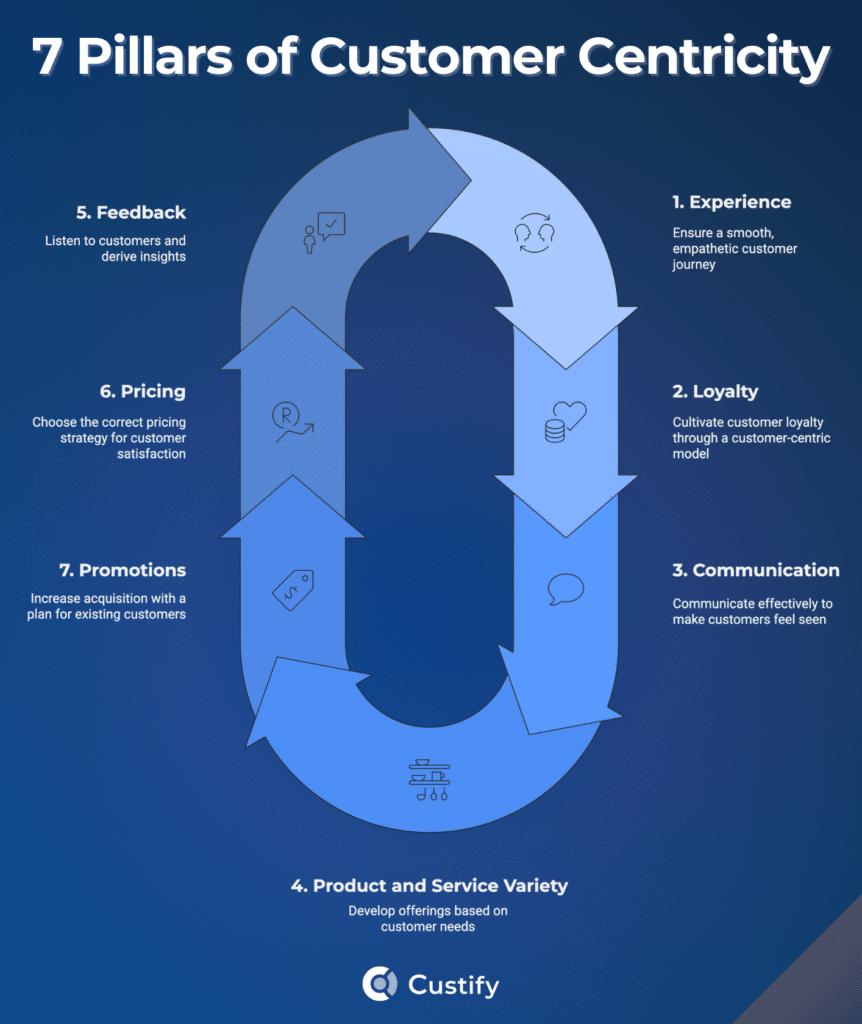
Benefits of Customer Centricity
- More personalization. The first and most central benefit is the increased ability to personalize both your offerings and your CX to fit your customer base. This typically has a snowball effect, leading to greater returns the more the effort is allowed to run.
- Better customer service at scale. Centering your efforts around your customers means you’ll also learn more about them: what they want, how they typically express their wants, what they value, and how you can boost their satisfaction. All these insights can help with customer segmentation and, in turn, drive efficiency in the long run.
- Smarter product development. A customer-centric approach can and will improve the way you develop your products. Armed with more specific insights into customer needs and behavior, your products become laser-focused on solving actual problems customers face.
- Reduced churn and more reliable renewals. The first immediate benefit of being more customer-centric is that customers will notice. 66% of customers say they’ll churn if their experience isn’t personalized. So even if you make mistakes – which is less likely now – customers will notice your attention and that you’re trying to do the right thing. And if you do meet their needs, then it’s even better. The result is a lower churn rate and a more reliable revenue stream.
- Increased customer loyalty. Customer centricity results in customers having fewer reasons to leave. 70% say how much you understand their needs affects their loyalty. Most of them will be happy with your level of service, meaning that any subsequent improvements in products, services, or experience will only serve to increase their loyalty to their CSM, their account manager, and your brand in general.
- Increased revenue. Upsells, cross-sells, repeat purchases, longer contract periods – depending on your business model, all of these can be a direct result of increased customer centricity and will lead to increased revenue.
- Staying a cut above your competition. Lastly, customer centricity will result in an exceptional customer experience. In time, your business will become synonymous with great service, and it can easily become the deciding factor for potential buyers.
So – Why Is Customer Centricity Important?
To recap, customer centricity increases your customers’ satisfaction and loyalty. That in turn leads to higher ROI through increased upsells, cross-sells, repeat purchases, and referrals.
Customers will feel seen because of your efforts to be customer-centric. This will drive more business, improve your reputation, and reaffirm you as a serious contender within your business niche.
How to Measure Customer Centricity
To determine where you are on your journey to customer centricity, you will need to analyze your current efforts, set some objectives, and proceed to constantly measure the impact.
- Conduct a review of your current position. We recommend starting with a gap analysis to figure out how much of a disconnect there is between your efforts and your customers’ needs. Then, continue with a customer needs analysis to figure out what your customers actually want.
- Determine KPIs for your customer centricity efforts. Once you have a good idea of what your customers want, start setting some KPIs that can show your effectiveness in fulfilling those needs.
Examples: NPS, CSAT, Customer Effort Score, customer lifetime value, customer churn rate, customer retention, product/feature usage, MRR / ARR - Set objectives and benchmarks related to those KPIs. The KPIs you identified should be part of a larger approach centered on customer success OKRs. Set up some objectives for your customer centric approach and assign KPIs that show your performance. Note that it’s much easier to track all these metrics by using powerful customer success tools specifically equipped for this task.
Example objective & KPIs: improve customer satisfaction (objective) ➔ have over 90% green customer health scores (key result) ➔ percentage of health scores in the green area (key performance indicator) - Constantly measure and report on your progress. Once you have the tracking setup in place, you have to constantly check and monitor your progress. Depending on your engagement model and on how demanding your customers are, that could be once per day, week, month, or even quarterly.
Lastly, be agile and make adjustments according to your observations. All this tracking has to also be used to generate insights and make improvements, otherwise, you’re simply adding work with no payoff.
How to Improve Customer Centricity
1. Gather Better Data about Your Customers
The first step to better customer centricity is having all the data in place. We just covered measuring customer centricity on the previous point, so I recommend reviewing those points to see where you can improve your tracking setup. But the gist of it is:
- Use a dedicated tool, such as a customer success platform, to track customer behavior and product usage.
- Set objectives and use KPIs to track your performance in delivering customer outcomes.
- Ask customers for feedback, listen to their feedback, and use customer surveys to further gauge their satisfaction with your product and services.
- Observe data hygiene and governance principles to ensure all your tools are set up to work together with optimal efficiency, without any errors or skewed numbers.
As CS teams navigate the balance between high-touch and low-touch engagement, achieving granular customer understanding will be key. To scale effectively, teams must prioritize data hygiene and accurate customer activity tracking. Only then can automation and insights be leveraged to create tailored, impactful strategies.
– Irina Vatafu, Head of Customer Success at Custify
2. Listen to Customers Using Advanced Tactics
Time and budget permitting, you can use more advanced methods to gather insights about your customers. For example, a Voice of the Customer program involves every customer-facing team – sales, product, customer service, marketing, and customer success – and helps establish a clear path to customer centricity.
The three key principles of a VoC program are:
- Listening. Finding and creating opportunities for workable customer feedback
- Acting. Taking customer feedback and turning it into product/service improvements by ensuring the right people have visibility.
- Analyzing. Monitoring the results of the VoC initiative.
Lastly, a good voice of the customer initiative will end with you reaching back out to your customers to inform them of the positive changes resulting from their feedback.
A Voice of the Customer program sets you up for winning business outcomes by informing you what your customers like, what they don’t like, what they want now, and what they’ll want in the future. A strong and well-constructed Voice of the Customer program is the fastest way to solve most business problems.
– Anita Toth, Hidden Revenue Hunter, Course Creator & Instructor at SuccessHacker
3. Anticipate and Serve Customer Needs
A simple way to be more customer-centric is through a classic customer success tactic that we’ve long touted as essential: proactive customer engagement.
In customer success, we’re not satisfied with proactive customer service – the practice of responding to customer service requests before they happen. Most CSMs agree and have the tools to do it automatically – transforming it into an entire strategy that means you’ll always be one step ahead of customer complaints.
How do you do that? Simple:
- Analyze customer service requests and common complaints, and make a list of the most common reasons customers complain.
- Next, assign some signals to those reasons – find clear signs within your product or service that customers are facing difficulties, friction points, are stuck in their journey, or are about to churn.
- Set up your customer success dashboard to monitor for those signals and do one or more of the following actions:
- Alert the account CSM to step in
- Automatically send helpful materials to the customer (PDF guides, KB articles, videos, etc.)
- Alert any other person that could help (depending on the issue, that could be a customer success engineer, a technical account manager, or someone else).
- Automatically trigger steps to fix technical issues for the client (requires a more advanced setup, usually)
4. Create a Clear Communication Plan
Every target audience in business has its own special quirks and habits. That’s especially true when it comes to communication and engagement tactics. Case in point – some clients might prefer Outlook to Gmail, others might prefer never to talk to you, and others still might want daily updates on WhatsApp.
The point? You’re going to need to find out your customers’ preferences when it comes to communication and draft a full plan that centers around them.
Customer centricity is not just about meeting customer needs. It’s also about servicing them in a way that generates the least amount of stress and, ideally, provides peace of mind. You don’t want to add to their problems, you want to remove from them.
So, try to figure out:
- Their preferred channel of communication
- Their preferred frequency of communication
- The type of tone they value most: professional, formal, casual
- How often they want QBRs / EBRs (if ever)
- How often they want to meet in person (if ever)
- Things to avoid in conversations with them
Communication is crucial in CS, not just with your portfolio, but also internally, to ensure your voice is heard and you can influence decisions when necessary.
– Alexandre Kinapenne, Head of Customer Success at Nodalview, during his appearance on Mastering CS: Candid Leader Insights
5. Promote a Customer Centric Culture
Lastly, customer centricity is a company-wide strategy. It’s the CS leader and C-suite’s responsibility to set the tone for all customer communications, all customer engagement tactics, and all efforts to be more customer-centric.
Furthermore, customer centric tactics are not enough on their own. Everyone in the business, and particularly those in customer-facing roles, must be aware of and understand the need to be more customer centric.
A simple way to do this is by making customer centricity a core value of the business, thus ensuring that everyone who joins the company will learn about it during their onboarding process.
Using Customer Success Software to Improve Customer Centricity
If you need an ally for your customer-centric shift, look no further than Custify. There are plenty of customer success tools out there, but Custify is the only one that started specifically from the desire to know customer needs better.
Back then, I saw so many companies were wasting money on development only to then completely ignore their customers’ activity, complaints, or signals.
The solution to this problem was simple: customer success software that can capture usage information, that lets you set up your dashboards according to your needs, and that doesn’t break your budget. Enter: Custify.
If you’d like to learn more about our team and our tool, set up a 15-minute demo, and we can talk brass tacks about making you more customer-centric.

